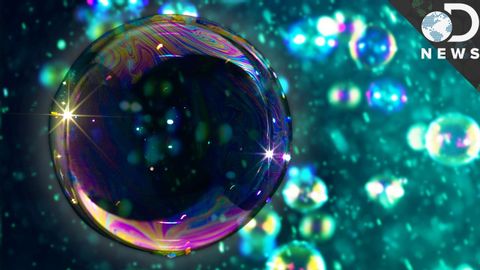シャボン玉に虹の渦巻きがあるのはなぜ? (Why Do Soap Bubbles Have Rainbow Swirls?)
謝純全 が 2021 年 01 月 14 日 に投稿  この条件に一致する単語はありません
この条件に一致する単語はありません- v.t./i.突き刺す : 刺し込む;貼る : くっつける;とどまる;突き出す;我慢する
- n. (c.)棒
US /ɪˈsenʃəli/
・
UK /ɪˈsenʃəli/
US /fɪˈnɑməˌnɑn, -nən/
・
UK /fə'nɒmɪnən/
エネルギーを使用
すべての単語を解除
発音・解説・フィルター機能を解除

